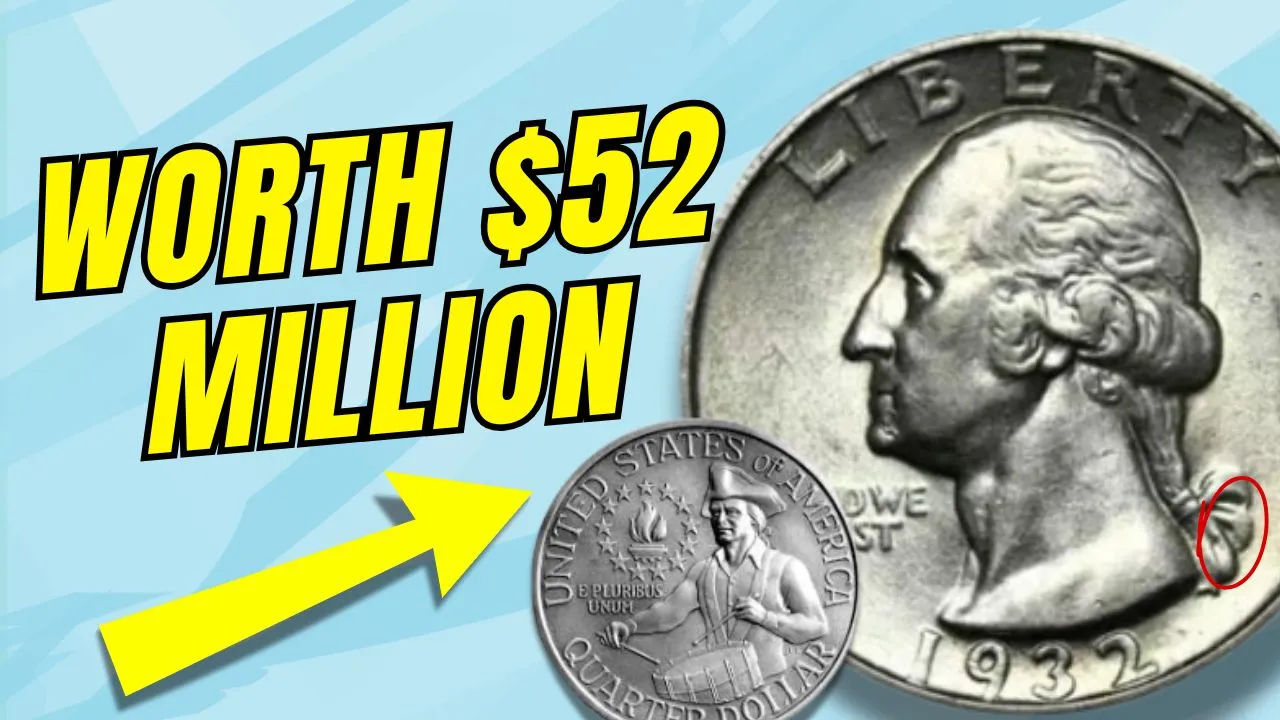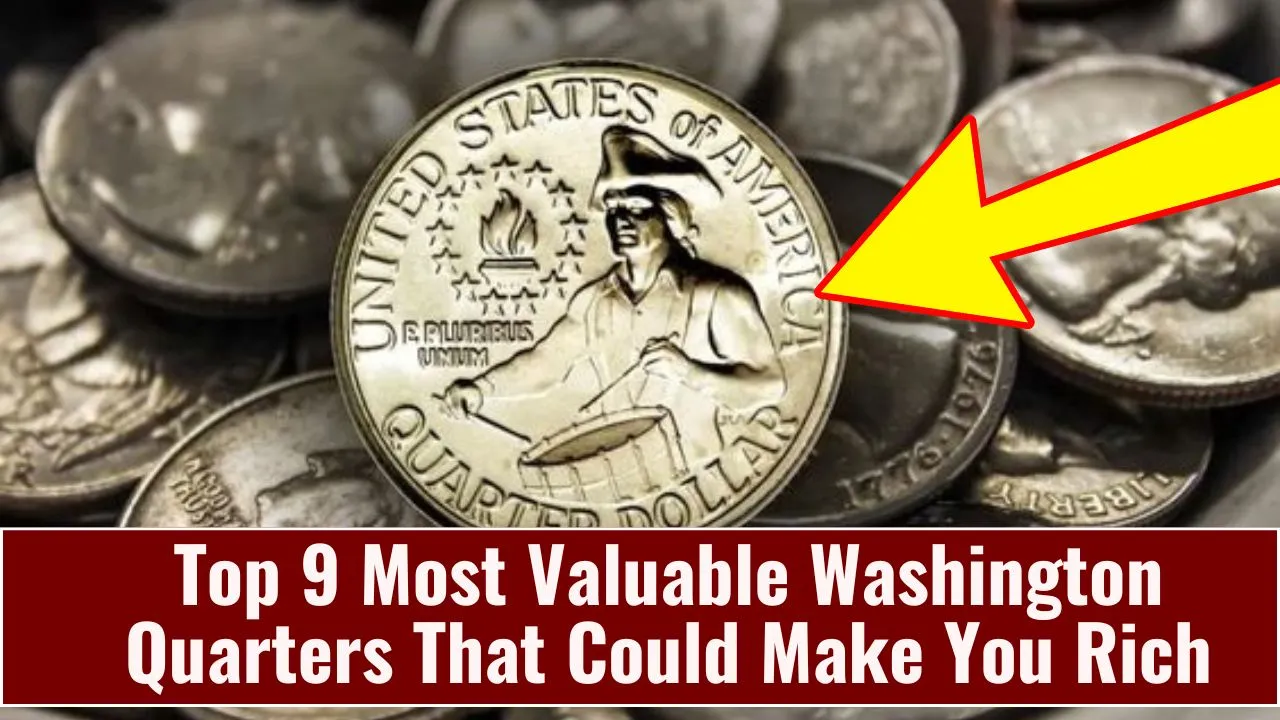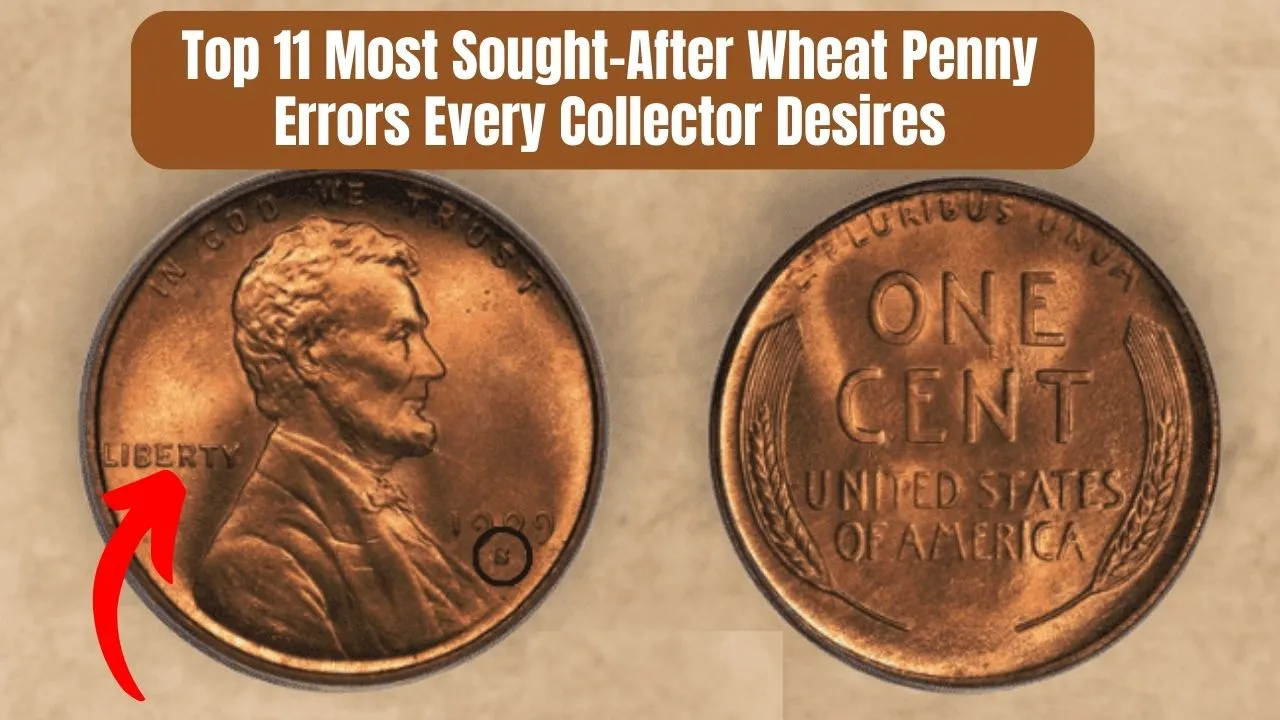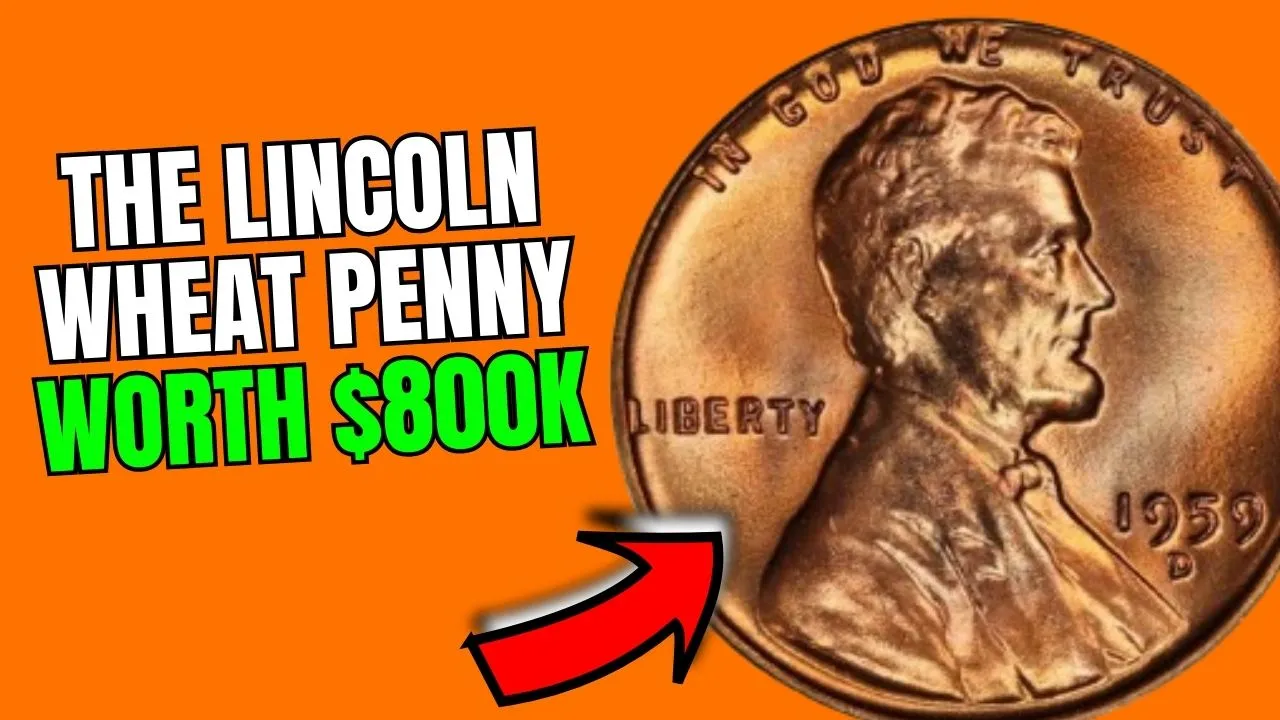Bicentennial Quarter: The Bicentennial Quarter is more than just loose change. Minted in 1976 to celebrate America’s 200th anniversary, this coin has become a prized collector’s item. While most of these quarters are only worth their face value, a rare few have sold for astonishing prices—some as high as $52 million each.
In this article, we’ll explore the history of the Bicentennial Quarter, what makes some of them incredibly valuable, how to identify rare versions, and why collectors are willing to pay millions for them. By the end, you might be inspired to check your pocket change—you could be holding a small fortune!
Overview: Key Facts About the Bicentennial Quarter
| Feature | Description |
| Year of Minting | 1976 |
| Purpose | Celebrated the United States’ 200th anniversary |
| Obverse Design | George Washington’s portrait |
| Reverse Design | Colonial drummer with “1776-1976” |
| Total Minted | Over 1.6 billion |
| Rare Versions | Minting errors, silver coins, proof coins |
| Highest Recorded Value | Up to $52 million each |
| Key Value Factors | Rarity, condition, mint errors, collector demand |
What is the Bicentennial Quarter?
The Bicentennial Quarter was part of a special coin series released in 1976 to commemorate America’s 200th birthday. Designed by Jack L. Ahr, its reverse side features a Colonial drummer with a torch of victory encircled by 13 stars, symbolizing the original colonies. The dates “1776-1976” replace the usual year, marking the nation’s bicentennial.
The obverse side of the coin retains the familiar image of George Washington, designed by John Flanagan. Although more than 1.6 billion Bicentennial Quarters were minted, making them common in circulation, a few rare versions are now worth a fortune due to minting errors, unique compositions, and pristine condition.
Why Are Some Bicentennial Quarters Worth Millions?
Not all Bicentennial Quarters are valuable, but certain factors can increase their worth significantly. Here’s what makes some of these coins so desirable:
- Minting Errors: Coins with mistakes, such as double strikes, misprints, or off-center designs, are highly sought after.
- Silver Composition: Unlike standard copper-nickel quarters, some Bicentennial Quarters were made with 40% silver, increasing their value.
- Proof Coins: Special proof versions, minted with a polished finish for collectors, are rarer and more valuable.
- Pristine Condition: Coins graded as “MS-67” or higher, indicating near-perfect condition, can command high prices.
- Collector Demand: As more collectors seek these rare coins, their market value continues to rise.
While most Bicentennial Quarters are only worth their face value, those with these unique characteristics can fetch thousands—or even millions—of dollars.
How to Identify a Valuable Bicentennial Quarter
If you think you might have a rare Bicentennial Quarter, here’s what to look for:
- Minting Errors: Check for double strikes, off-center designs, or cracks in the coin’s surface.
- Silver Content: Use a magnet—silver coins won’t stick to a magnet, while copper-nickel coins will.
- Proof Finish: Proof coins have a shiny, mirror-like finish compared to regular coins.
- Condition: Coins with minimal wear and no scratches or tarnishing are more valuable.
- Mint Marks: Look for the “S” mint mark (San Francisco) for proof and silver coins, while “D” (Denver) and no mark (Philadelphia) versions are more common.
If your coin has any of these features, it could be worth significantly more than 25 cents.
Top Reasons Bicentennial Quarters Are Valuable
1. Rare Minting Errors
Minting errors are a major reason why some Bicentennial Quarters are worth millions. These errors can include:
- Double Strikes: Coins that were struck twice, causing overlapping designs.
- Off-Center Strikes: Designs that are misaligned due to improper stamping.
- Die Cracks: Small cracks in the minting die that create unique patterns on the coin.
- Wrong Metal Composition: Coins accidentally struck on silver planchets meant for other coins.
Collectors prize these error coins for their rarity and uniqueness, often paying top dollar to add them to their collections.
2. Limited Silver Versions
Unlike regular copper-nickel quarters, a limited number of Bicentennial Quarters were minted with 40% silver. These silver coins were primarily included in collector sets, making them much rarer than their standard counterparts. A silver Bicentennial Quarter in excellent condition can be worth thousands of dollars, depending on its grade and rarity.
3. High-Grade Coins in Pristine Condition
Condition plays a crucial role in a coin’s value. Professional grading services like the Numismatic Guaranty Corporation (NGC) and the Professional Coin Grading Service (PCGS) assess coins and assign grades based on their condition. Bicentennial Quarters graded as MS-67 or higher are extremely rare and can fetch tens of thousands—or even millions—at auction.
4. Growing Collector Demand
The demand for rare coins continues to grow, driving up their market value. The Bicentennial Quarter holds both historical and aesthetic appeal, making it especially desirable among collectors. As more collectors seek to own these rare coins, their prices are expected to continue rising.
How to Check Your Bicentennial Quarter’s Value
If you think you might have a valuable Bicentennial Quarter, follow these steps to verify its worth:
- Examine the Coin: Look for minting errors, silver content, and overall condition.
- Use a Magnet: Test if the coin is silver (it won’t stick to a magnet).
- Consult Online Price Guides: Refer to reputable coin price guides for the latest market values.
- Get Professional Grading: Have your coin graded by NGC or PCGS for an official valuation.
- Research Recent Auctions: Check recent auction results to see how much similar coins have sold for.
Getting your coin professionally graded can significantly increase its value, especially if it’s rare or in excellent condition.
Collector’s Tips for Finding Rare Bicentennial Quarters
- Check Your Spare Change: Rare Bicentennial Quarters can still be found in circulation, so always check your change.
- Visit Coin Shops and Shows: Local coin shops and collector shows are great places to find rare coins.
- Search Online Marketplaces: Websites like eBay and Heritage Auctions often list rare Bicentennial Quarters.
- Join Collector Communities: Online forums and collector clubs can help you learn more about rare coins and connect with other enthusiasts.
Patience and persistence can pay off—many collectors have found valuable coins in the most unexpected places!
FAQs
1. How can I tell if my Bicentennial Quarter is silver?
Use a magnet—silver coins won’t stick, while copper-nickel coins will. You can also check the coin’s edge; silver coins have a solid silver color, while copper-nickel coins show a copper stripe.
2. What mint marks should I look for?
Look for the “S” mint mark (San Francisco) for proof and silver coins. The “D” (Denver) and no-mark (Philadelphia) versions are more common.
3. How much is a regular Bicentennial Quarter worth?
Most Bicentennial Quarters are only worth their face value of 25 cents, but those in uncirculated condition can sell for a few dollars.
4. What makes a Bicentennial Quarter worth millions?
Coins with rare minting errors, silver content, or near-perfect condition can be worth millions, especially if graded as “MS-67” or higher.
5. Should I get my Bicentennial Quarter professionally graded?
Yes, professional grading can increase your coin’s value, especially if it’s rare or in excellent condition. NGC and PCGS are the most reputable grading services.
Final Thoughts
The Bicentennial Quarter is more than just a piece of history—it’s a potential goldmine. With some rare versions selling for up to $52 million, it’s worth taking a closer look at your spare change. Whether you have a coin with minting errors, a silver version, or one in pristine condition, its value could be far greater than you imagine.
Found something interesting in your collection? Share your discovery in the comments below! And don’t forget to explore our other articles on rare coins—you might find your next treasure.







